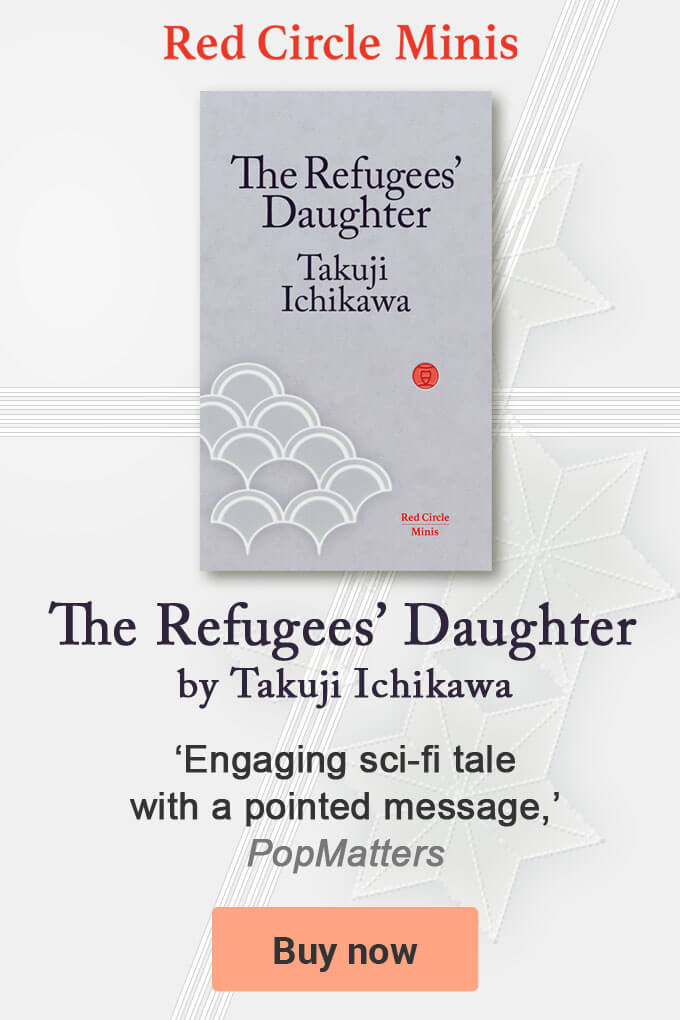- Retail
The number of bookstores in Japan is 60% higher than the typical print run of a newly published title[UPDATED: 2-12-2018]
For newly published titles to be stocked at all book retailing outlets in Japan, initial print runs of 16,000 are often said to be required. However, most new books have print runs of less than 10,000.
The number of stores as well as the size of initial print runs have been falling, the number of bookshops, for example, has fallen by almost 40 percent since the 1990s.
The number of stores as well as the size of initial print runs have been falling, the number of bookshops, for example, has fallen by almost 40 percent since the 1990s.

